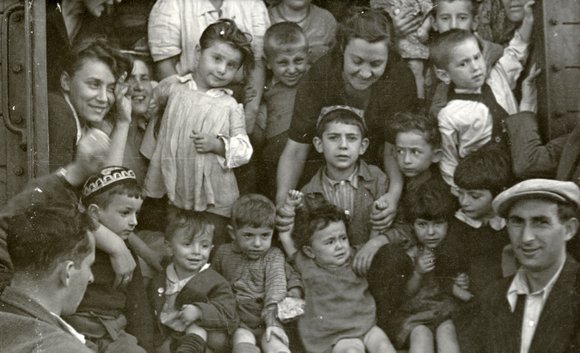what now
In spring 1945, liberated Jews who had survived the Nazi concentration camps ended up in displaced persons (DP) camps in the occupied zones of Germany, Austria and Italy. They were soon joined by those rescued from other occupied areas, and by those who had survived the war hiding in forest and caves, resisting in partisan bands, or passing as Christians. Among nearly 1½ million people of all nationalities living in these camps by late September, more than 53,000 were Jews.
A Place of Refuge?
The camps were intended as emergency shelters for those displaced by the war. After years of living in mortal fear, Jews found it hard to be placed among often hostile groups of inhabitants, including Nazi collaborators. But returning to their countries of origin, where anti-Semitism still prevailed, was even more dangerous.




FIRST STEP
The growing numbers of displaced persons entering the camps and critical reports on conditions there led to a change in U.S. Army protocol. JDC, along with other service agencies, gained permission to bring in supplemental supplies and to contribute an array of services that grew over time.



CHILD SURVIVORS
More than 1.2 million Jewish children died in the Holocaust. Children made up only a tiny portion of concentration camp survivors and suffered from malnutrition, disease, and extreme trauma. Their numbers grew as children who had spent the war in hiding or among the partisans made their way to the DP camps.





